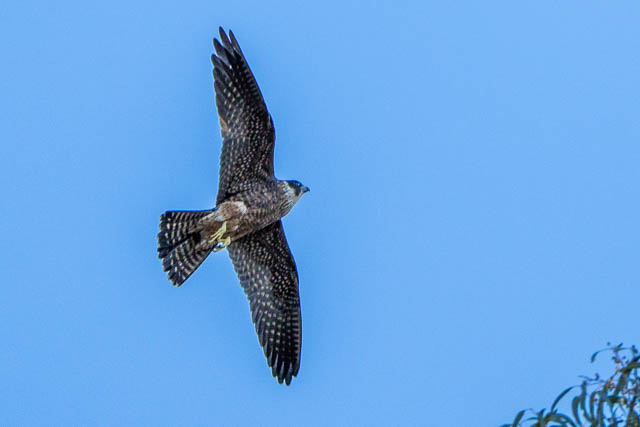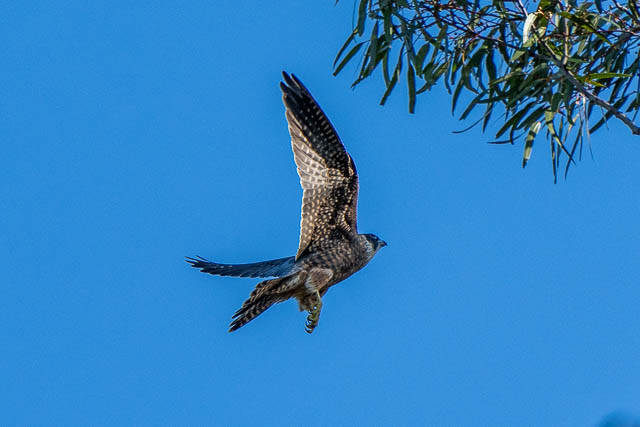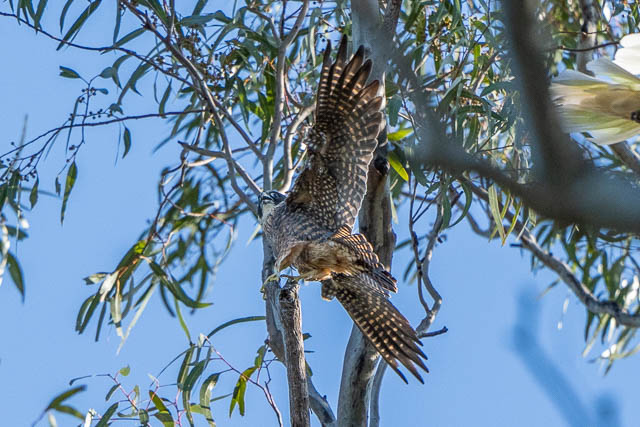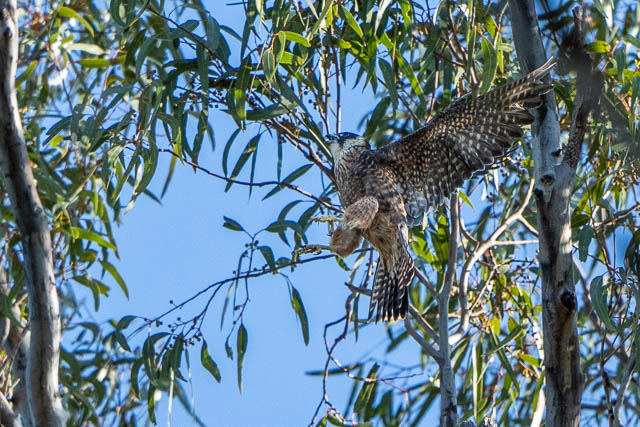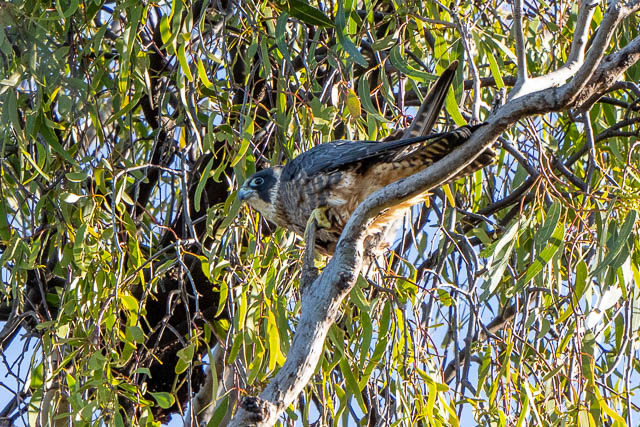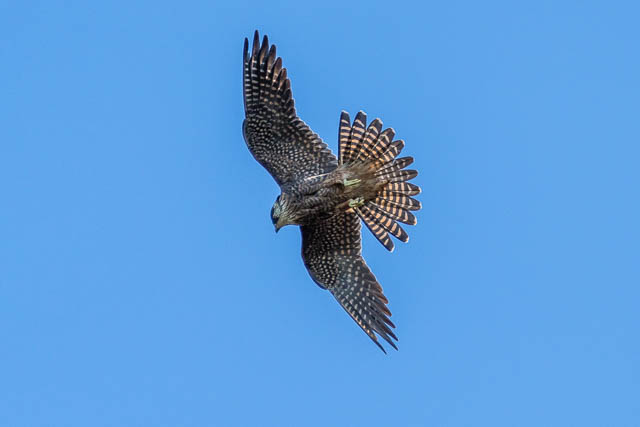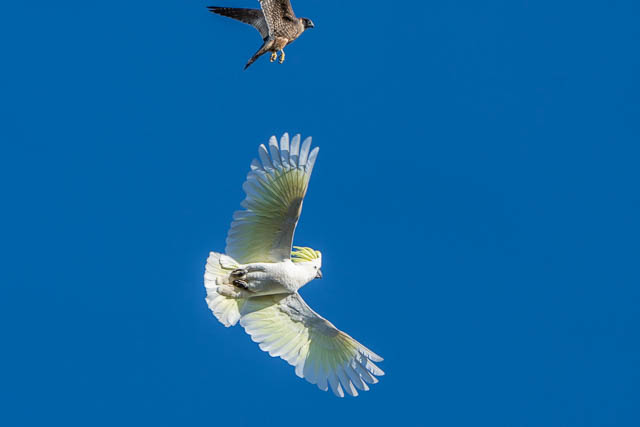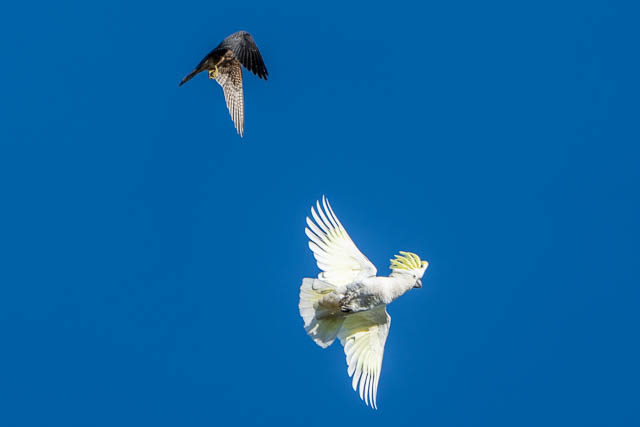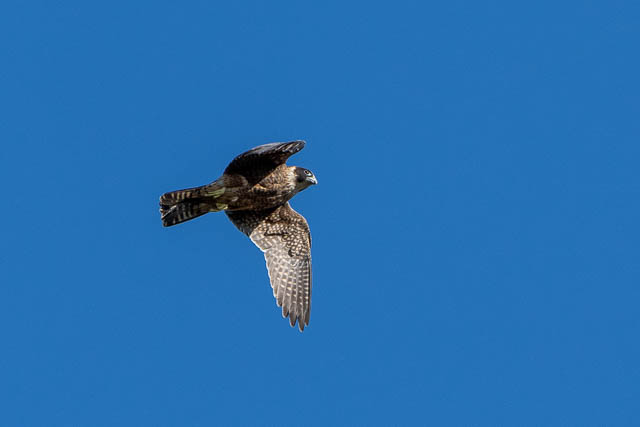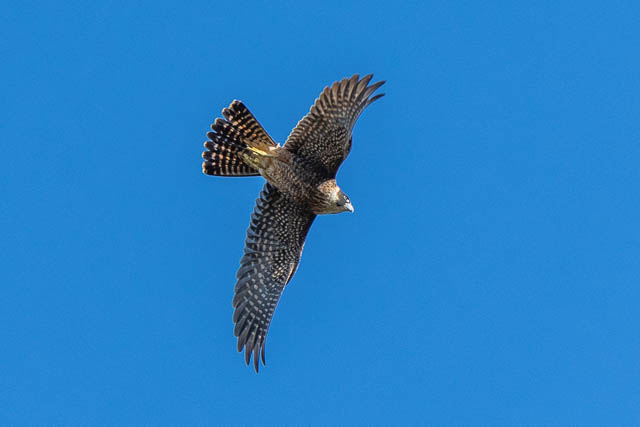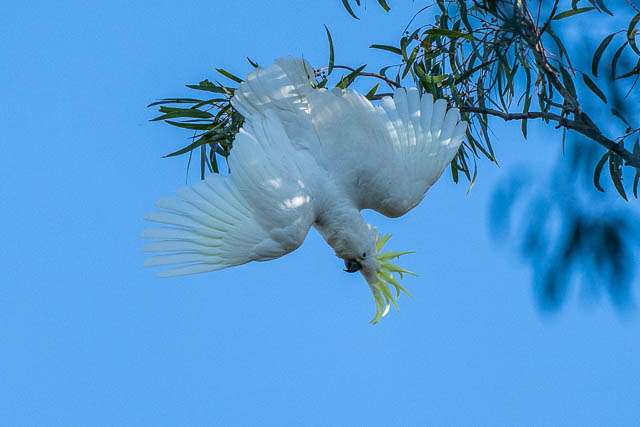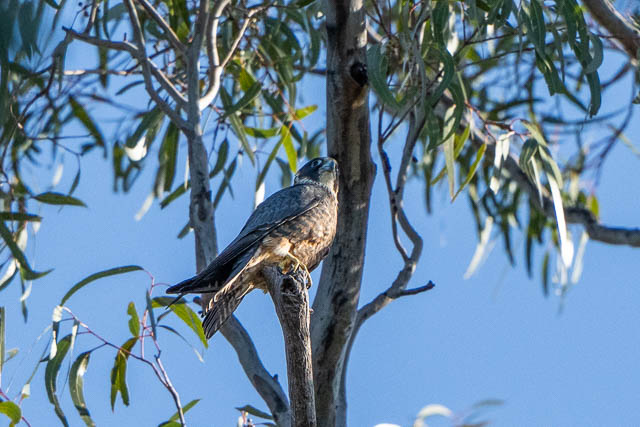On previous days we had visited national parks and wetlands on the hinterlands of Hay. This day we intend to stay in Hay and explore some of the cultural sights and then spend the afternoon walking along the Murrumbidgee River.
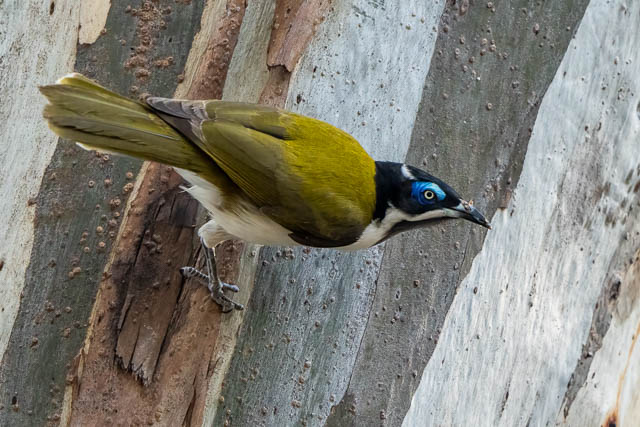
We headed into the town and parked near the old Courthouse.
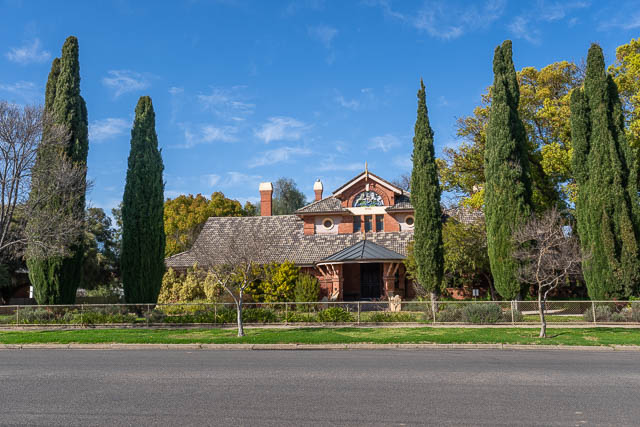
The old Fire Station has been converted into a bookshop –
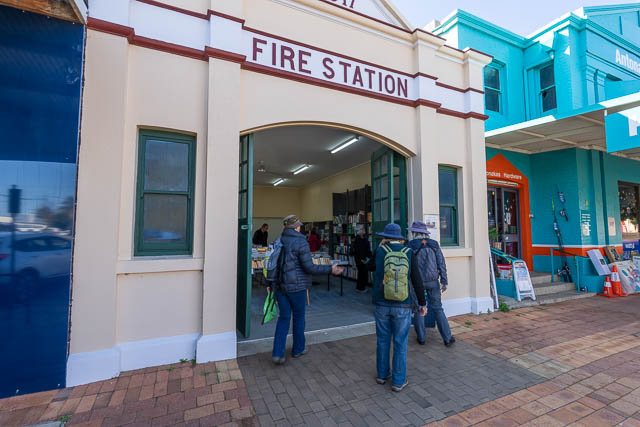
Here is a Government building –
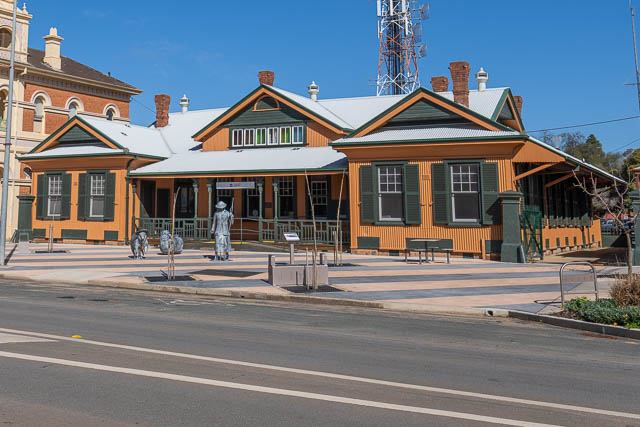
And some of the other fine old building on the main street. The middle building looks out of place.
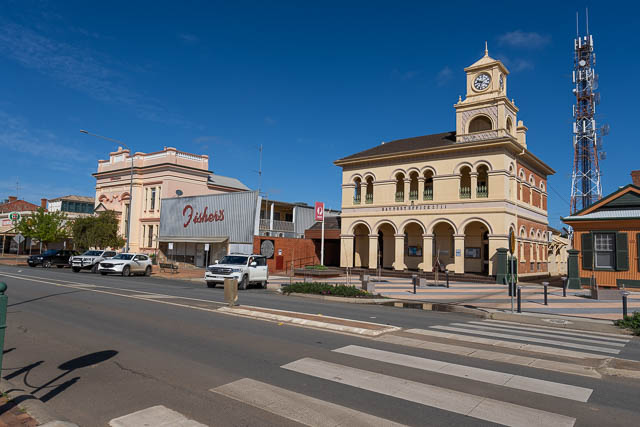
On the edge of town, near the Murrumbidgee River levy banks, are these Water Towers. They have large artworks that commemorate some of the war service of people of Hay.
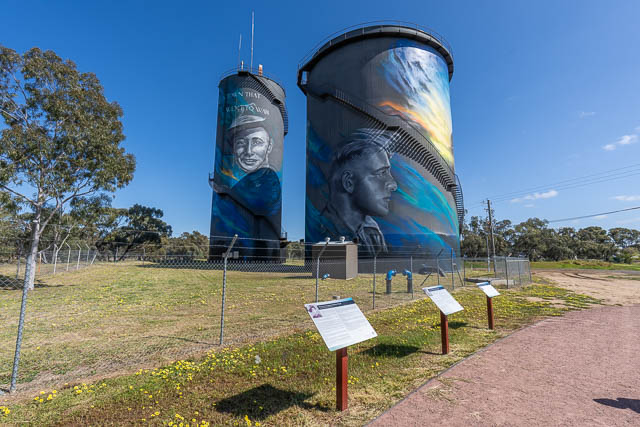
The lower artwork here commemorates Valerie’s uncle Clifford Farlow. He had incredible tale of survival as a Japanese prisoner of war at Changi and later on the Burma Railway. He was then sent to Japan, but on the way their ship was torpedoed by a US submarine. A Japanese destroyer picked up only Japanese survivors. The prisoners of war were left to die. After three days clinging to wreckage he was picked up by a US submarine. He recovered and returned to Hay. He later married Valerie’s father’s sister.
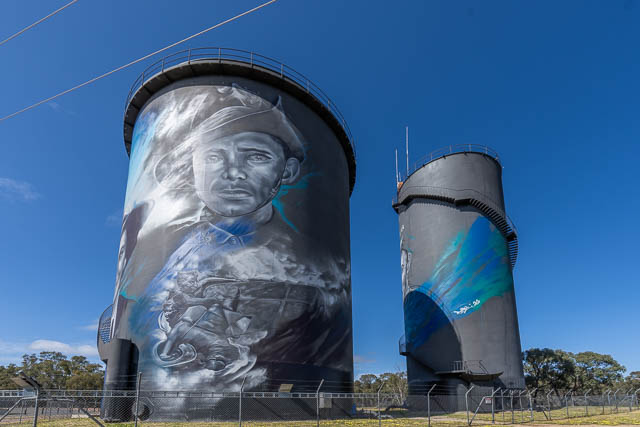
We next visited the old Convent, now repurposed as a cafe –
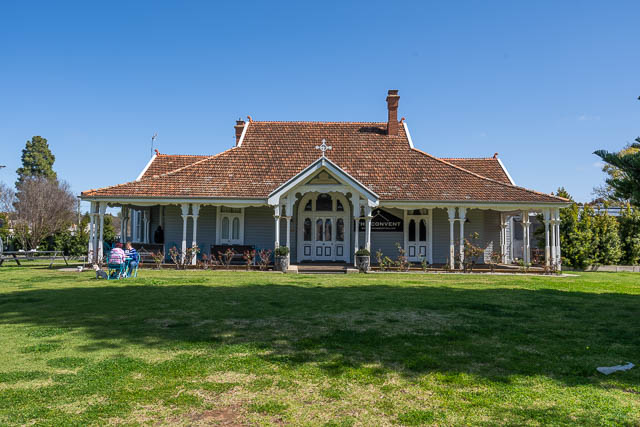
The next building we visited was the old Bishops Lodge. This was near our caravan park.
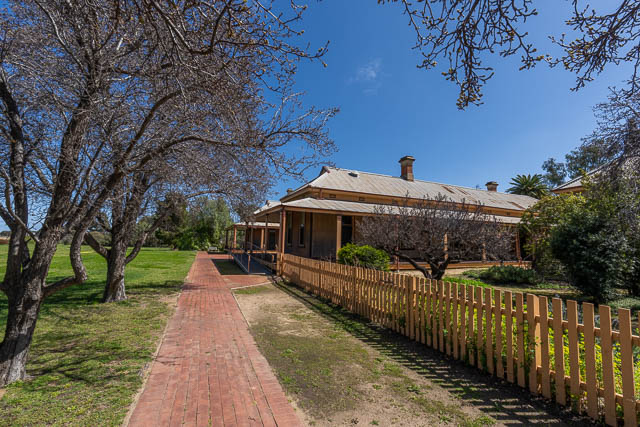
This large residence was one used by the Right Reverend Bishops of Hay.
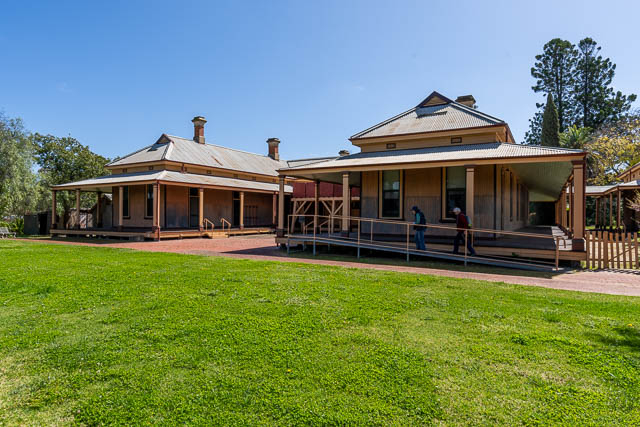
It was designed by architect John Sulman to fit in with Hay’s harsh climate. The outside is corrugated iron. Brick building tend to crack in the dry climate.
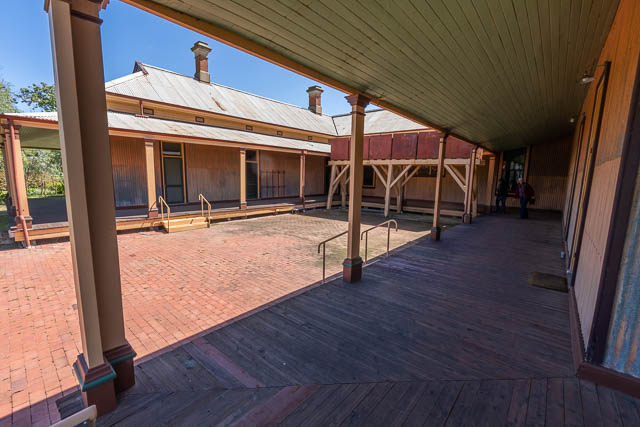
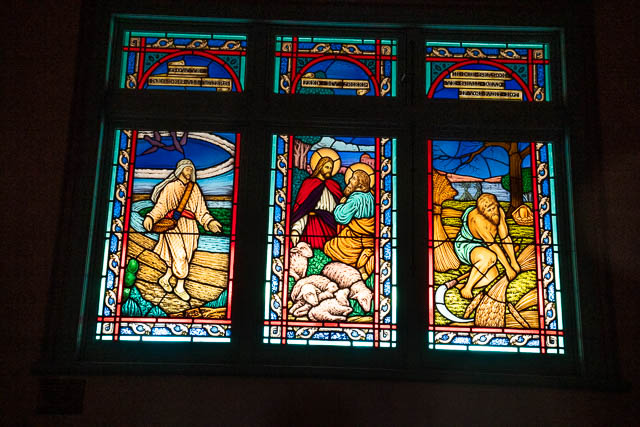

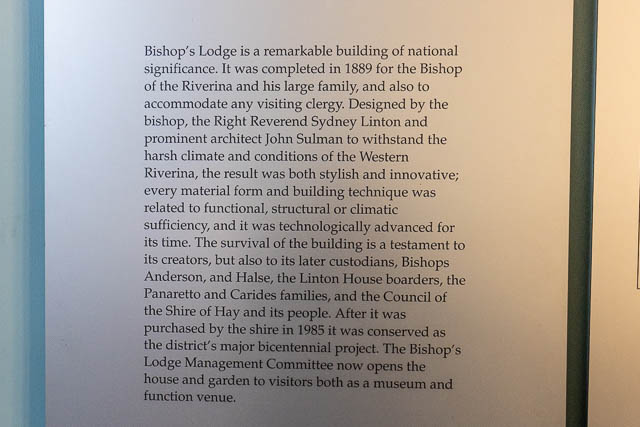
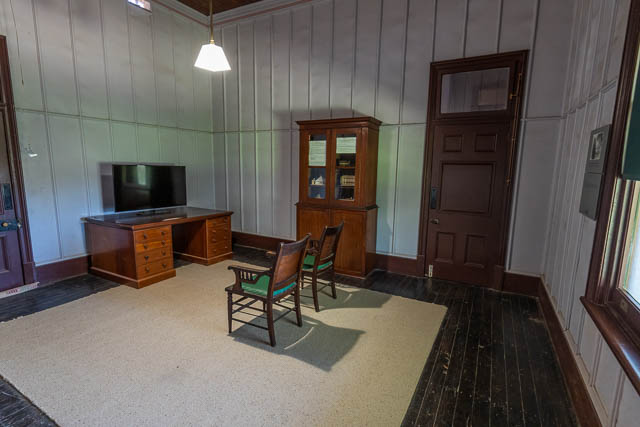
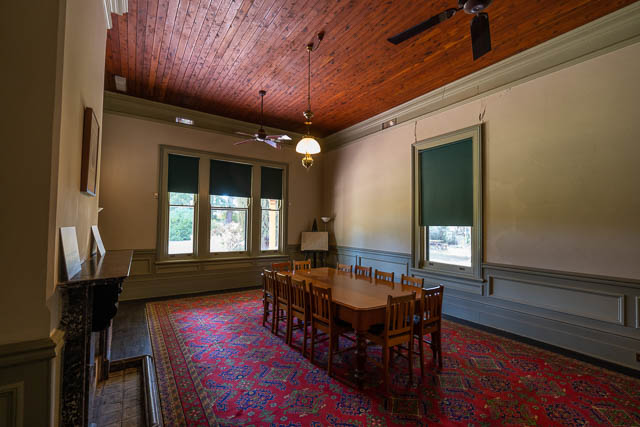
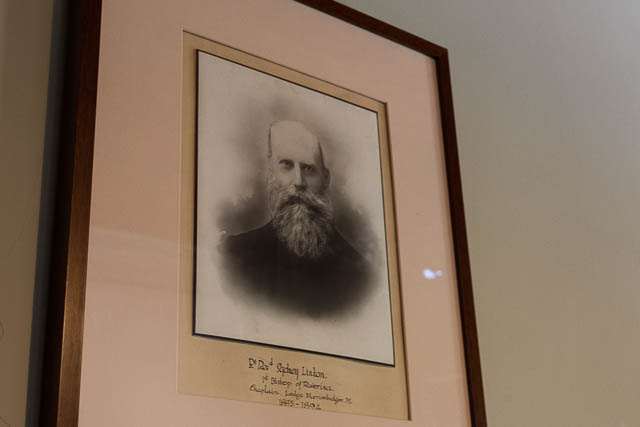
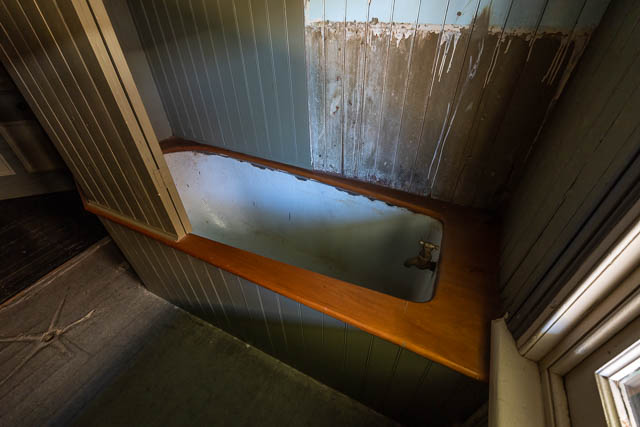
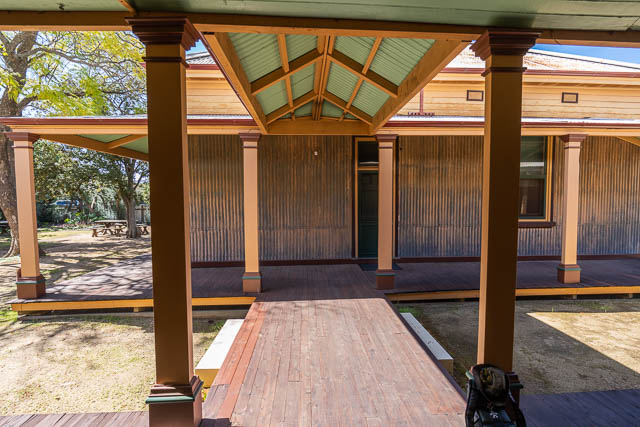
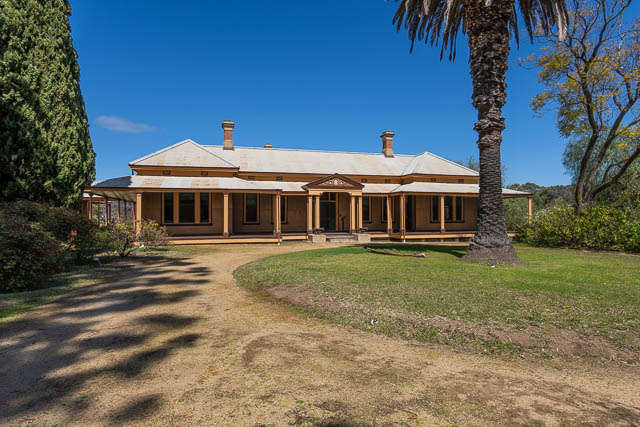
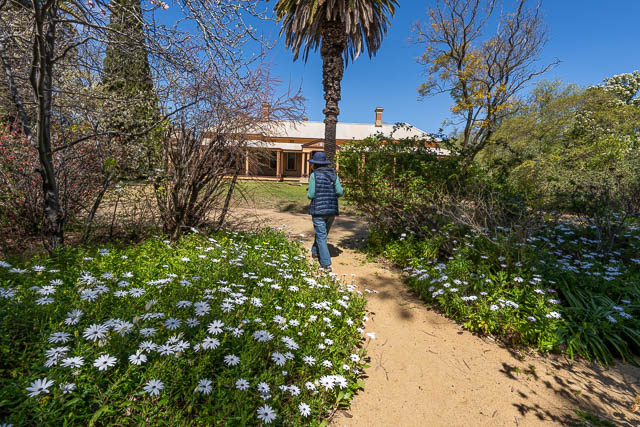

And a few birds –
Yellow-rumped Thornbill
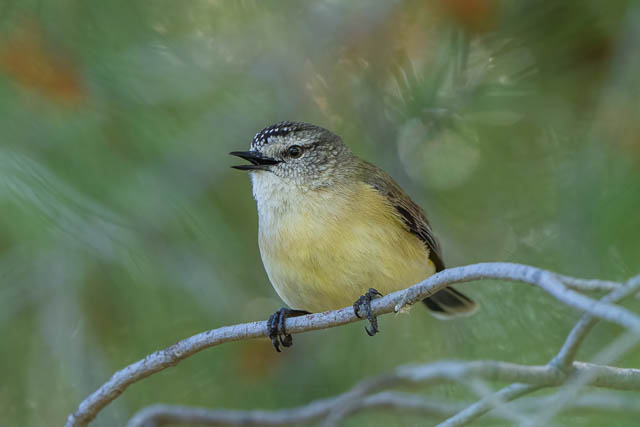
White-breasted Woodswallows
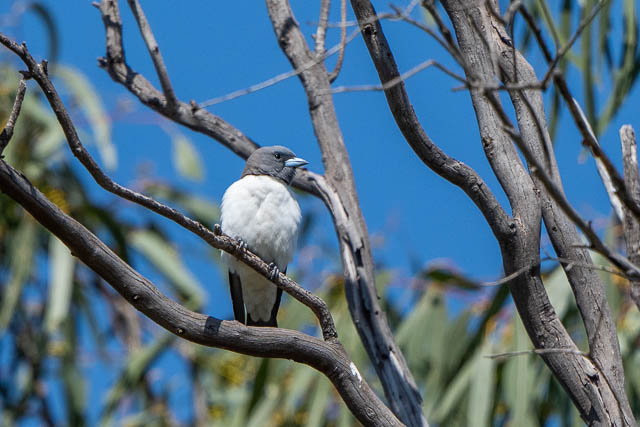
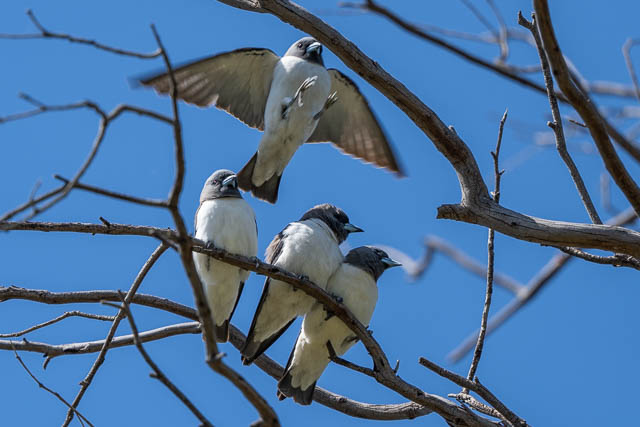
After lunch we visited the Hay Gaol – now a museum.
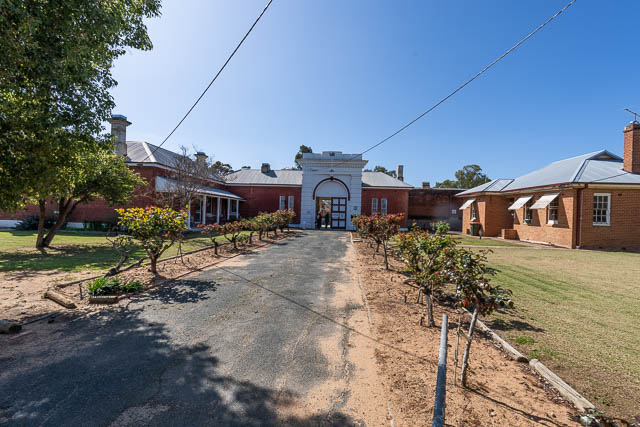
I mentioned in a previous post that Hay is very flat and has no rocks. The exceptions are rocks that have been brought to the area as tools by Aboriginals.

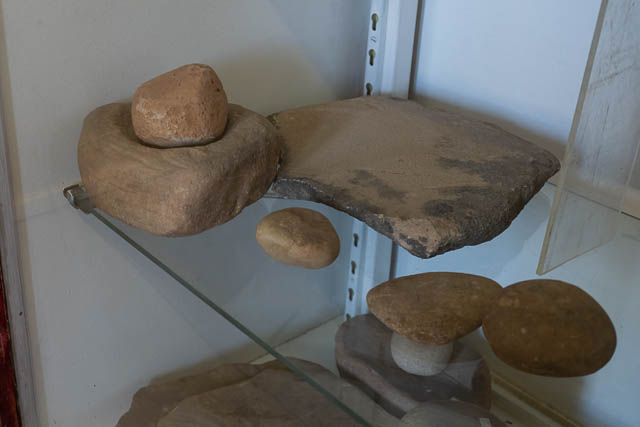
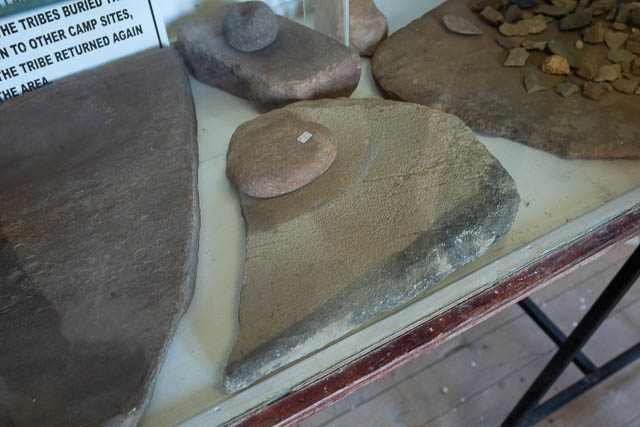
The museum also has a very old bark canoe.
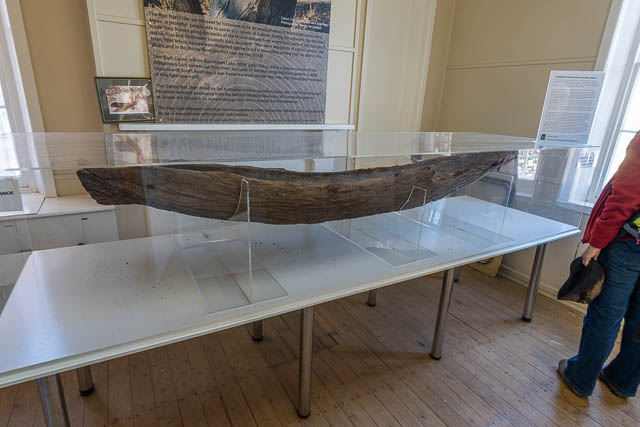
Valerie was pleased to see an old Furphy.
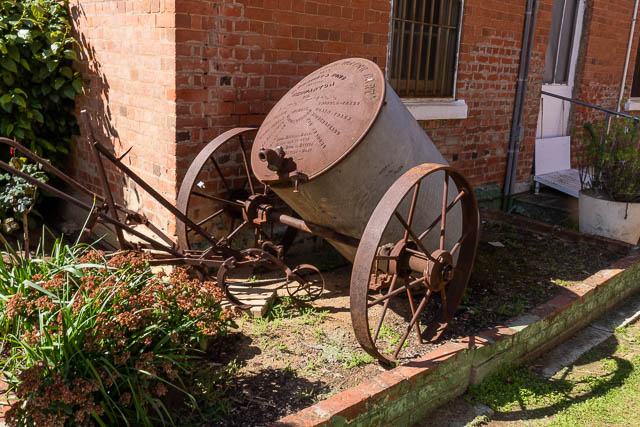
These were used in WWI to carry water to the troops.

Many of the cells had special collections –
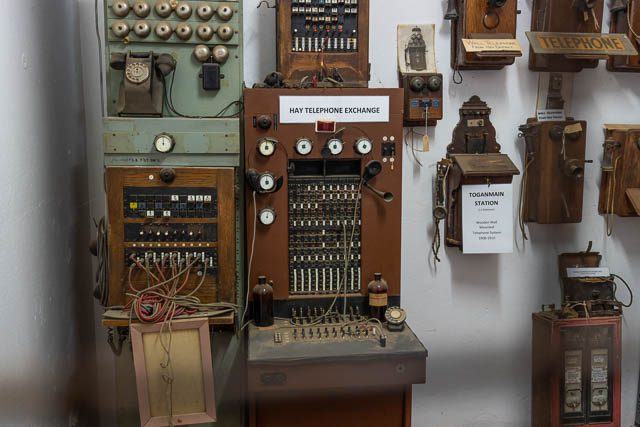
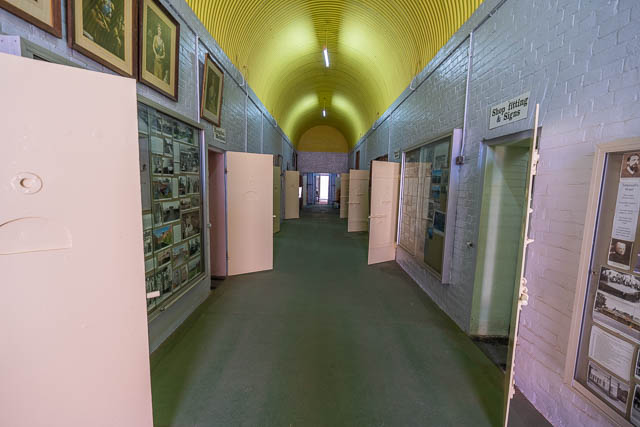
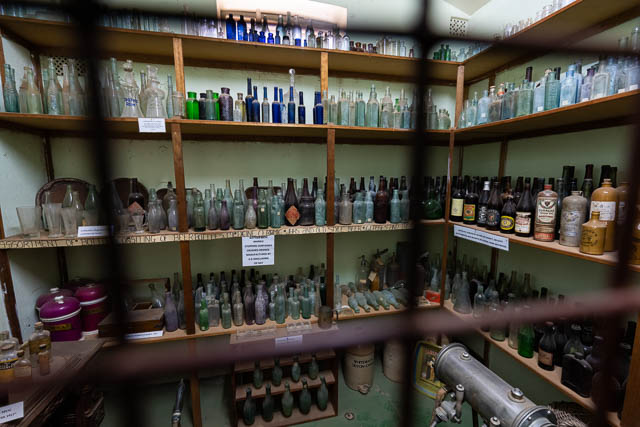
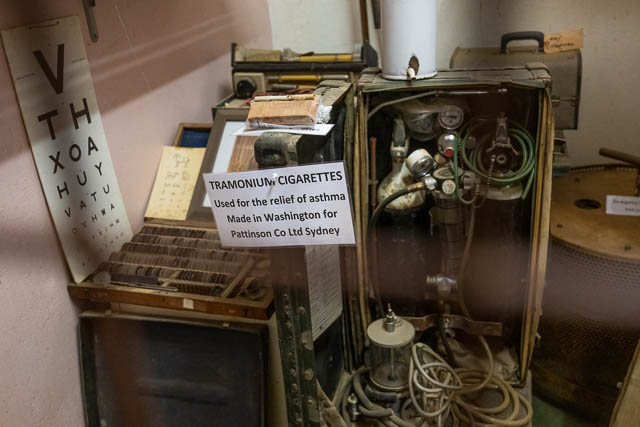
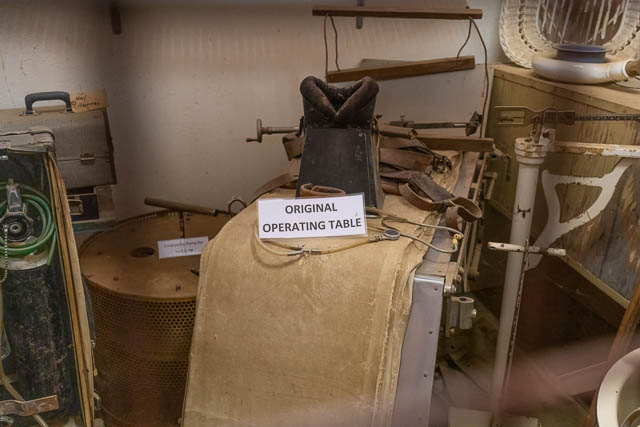
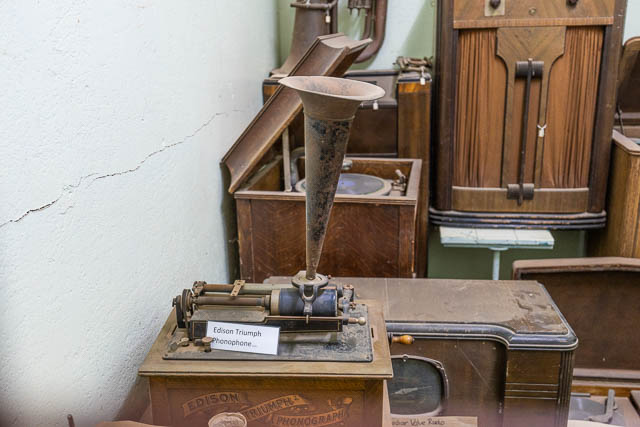
One cell was set up as it had been when the gaol was used for young girls. The girls were ones that had caused trouble at Parramatta Gaol. They were sent to Hay to “break them”. The inmates were not allowed to talk at all except for Christmas Day.
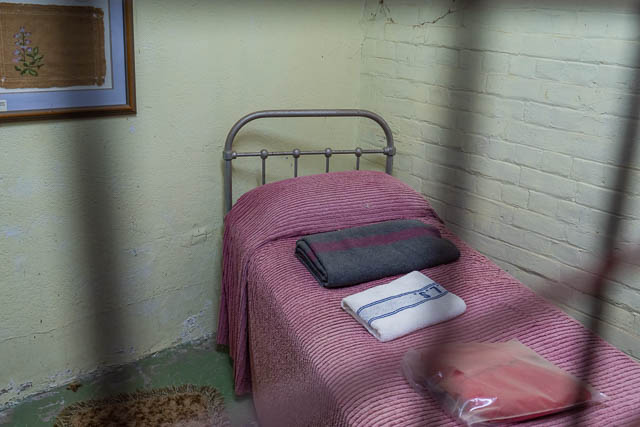
Valerie also spotted an old family wool scourer. It had been donated to the museum by her mother.
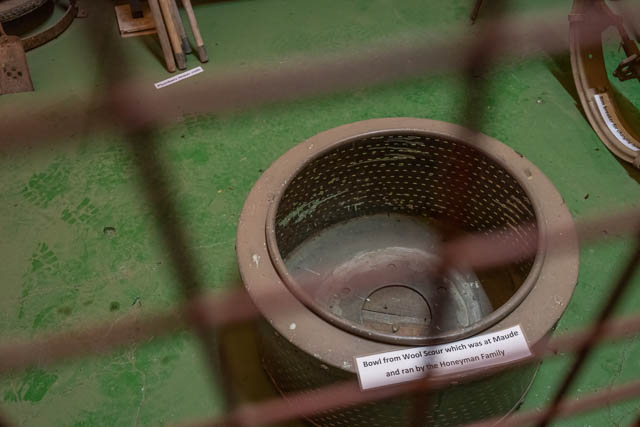
And the museum also had her father’s Indian motorbike. Valerie could remember holding on to her father as they rode around the fields.
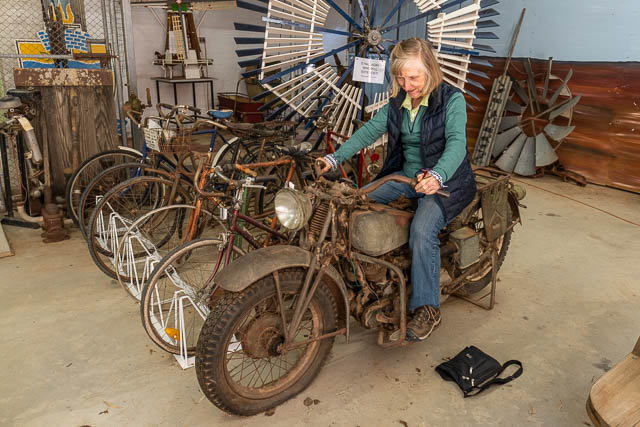
Another interesting object was this “Horseworks” – a device used to convert the motion of a horse walking around in a circle into rotary motion for other tasks.
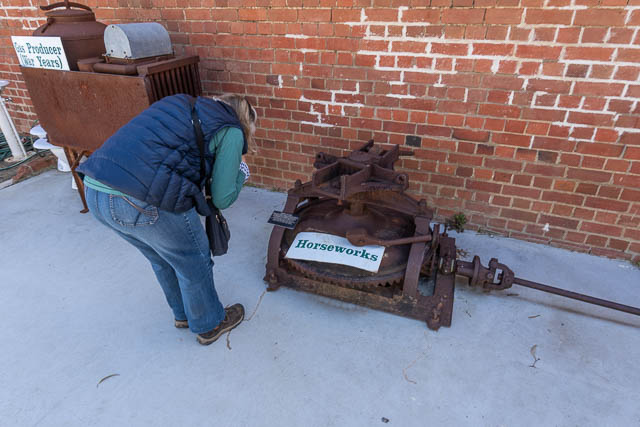
Then we walked along the Murrumbidgee River. The path was partly submerged and other parts were quite muddy. But was saw a range of birds.
White-plumed Honeyeater

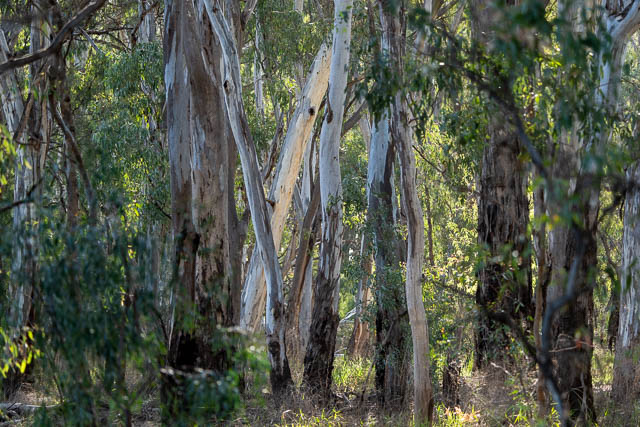
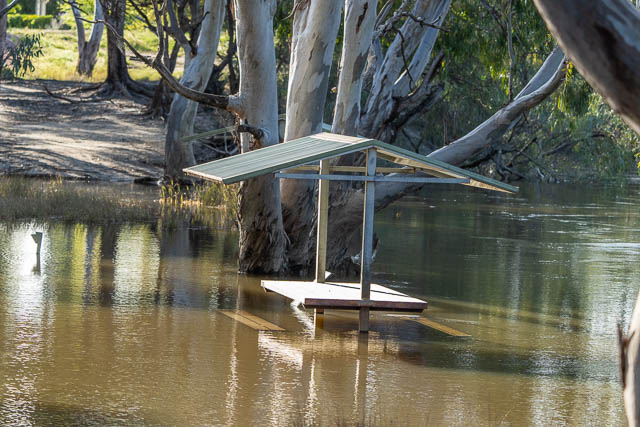
Here is one of many artworks –
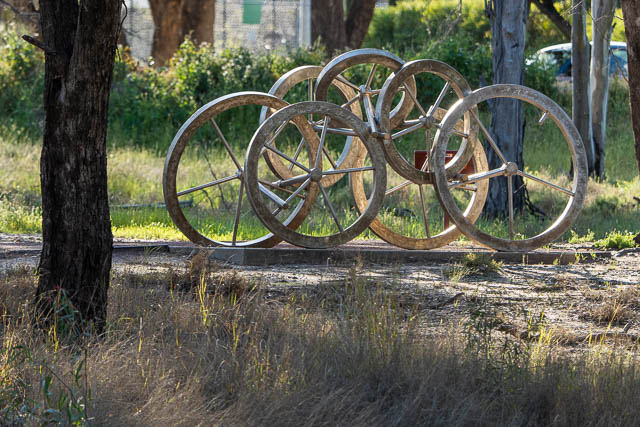
Brown Treecreeper
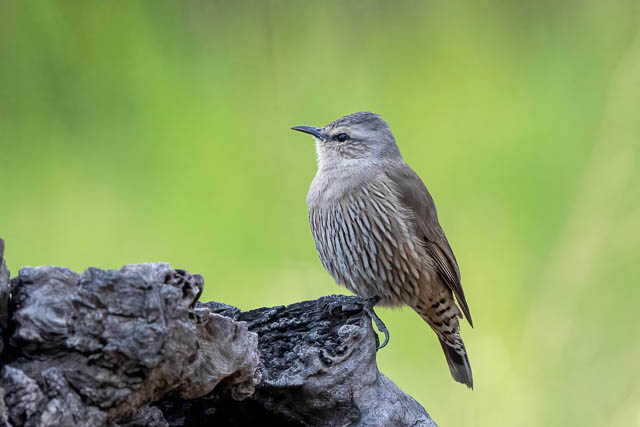
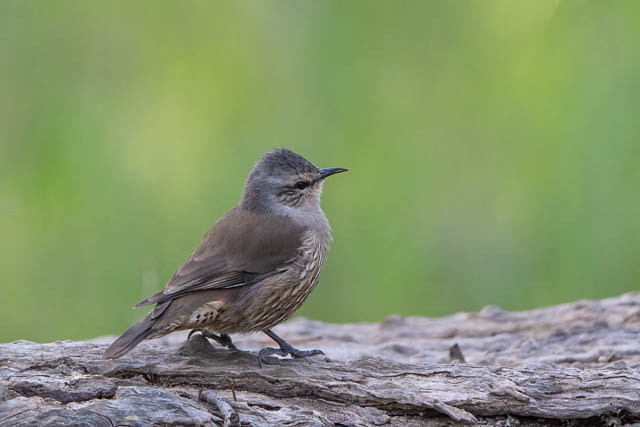
Blue-faced Honeyeater
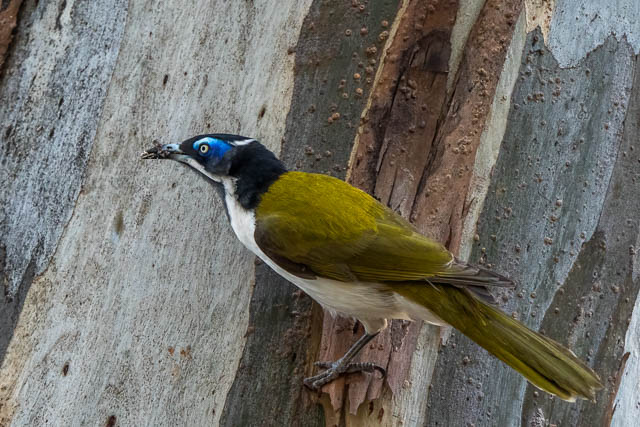
Back at the caravan park, the next morning I wandered down to the river again, and saw these Sulphur-crested White Cockatoos harassing another bird.
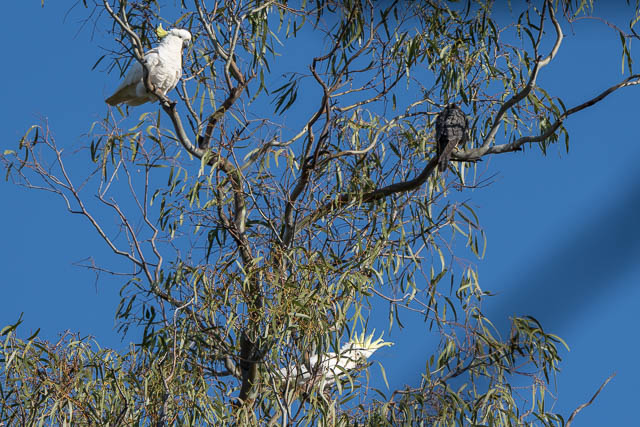
The other bird was an Australian Hobby –
